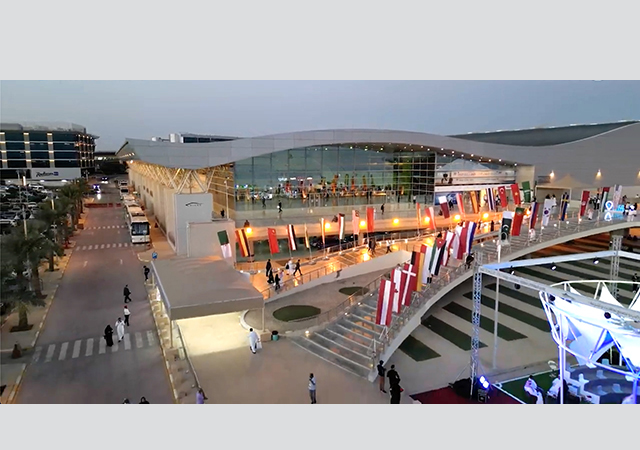
 Much of the concrete pumping at the Burj Dubai was done at night.
Much of the concrete pumping at the Burj Dubai was done at night.
Earlier than expected, last November, a Putzmeister (PM) super-high-pressure concrete pump at the Burj Dubai – the world's tallest tower and the centrepiece of the Gulf's most prestigious urban development to date – created history when it reached the record delivery height of 601 m.
At this height, a wall of the central building core was concreted on level 155. The pump height is calculated from the length of the riser secured in the structure and the vertical delivery line including the tubular column and stationary boom. The actual concrete placement took place at a height of 585 m. An end to the high-rise concrete pumping has thus not yet been reached, but is in sight. The desired pump height has in the meantime – not least in view of the way the concrete pumps have been working so smoothly – been moved further upwards to 611 m.
The UAE-based Emaar Properties as the clients have commissioned a consortium managed by Samsung from Korea, together with Belgium-based BeSix and UAE-based Arabtec to carry out the construction tallest building in the world, at over 800 m.
With three Putzmeister high-performance concrete pumps, a sophisticated delivery line system, four non-ballasted stationary booms and challenging concrete mixtures, the carcass of the Burj Dubai project has been under construction since the beginning of 2005. Due to the rapid progress in construction and the narrowing building structure as it rises upwards, three of the stationary booms have in the meantime been dismantled and one of the stationary pumps removed.
Significant trust in the know-how and reliability of the partner was required when Unimix – responsible for concrete production and delivery at the Burj Dubai – decided to commission Putzmeister with the supply and installation of the pumps and boom systems. Through earlier pump tests, Putzmeister had already determined that the concrete pumps and pipelines for delivery heights of up to 600 m were suitable at an output of around 30 cu m per hour. It was also known that the tip of the Burj Dubai would be erected in a lighter steel construction from level 156, for static reasons, and that only the decks would be concreted up to level 160 m or 611 m height.
High-pressure pumps
PM’s preparations at the start of 2005 were correspondingly thorough as well as extremely time-consuming and human-resource intensive, both at the Aichtal Works and at the construction site in Dubai. On site, extensive tests were carried out with horizontally laid pipelines in a large series of tests and with the support of the local PM agent German Gulf Enterprises (GGE) to simulate the pressure behaviour and the expected friction of the concrete in the pipeline based on the later mixture breakdown and to convert it to the high-rise pumping. The tests were carried out using a series produced BSA 14000 HP-D high-rise pump and ZX delivery line.
In the meantime, the base plate for the tower and the three tower wings was produced by truck-mounted concrete pumps with different boom reaches. The 7,000 sq m foundation is supported by 200 concrete piles (diameter 1.5 m) for the actual tower and 650 platform piles (cross section 0.9 m) for the wings. The piles reach a depth of up to 55 m. In total, 45,000 cu m of concrete was laid at the Burj Dubai for the foundation, including base plate.
In the Putzmeister Aichtal Works, the new super high pressure pumps were constructed and delivered by mid-2005 for the imminent high-rise pumping. With the BSA 14000 SHP-D – the correct name for extreme pumps – components including the frame and hopper have been reinforced to be able to withstand the enormous forces. Putzmeister had also adjusted the S transfer tube and tube bearings in respect of the expected pressures. To avoid contamination of the hydraulic fluid with water or dirt particles from the outset, the BSA 14000 SHP-D also has a particularly effective filter system.
Above all, however, Putzmeister engineers have modified the drive hydraulics so that the translation ratio between the hydraulic and the concrete pressure is less than i=1 with piston side operation. Due to this hydraulic ratio, concrete pressures of over 400 bar are possible with the high-performance pumps. As the Putzmeister engineers were expecting significantly lower pressures during the later job, however, the pressure of the concrete pumps was limited and delivery lines were installed with “just” a maximum of 250 bar operating pressure.
Unimix has combined two of these BSA 14000 SHP-D super high-pressure pumps and the "normal" BSA 14000 HP-D high pressure concrete pump from the test phase to form one pump station. The machines are around 70 m from the centre of the building tower. The super high pressure pumps are driven by series produced 470 kW Caterpillar diesel engines.
Concrete mixture
To keep the measurements of the decks and bearing walls as low as possible, and to be able to carry the increasing loads as height increases, only concretes with high compressive strength are being used on Dubai's most spectacular high-rise construction site.
According to the original plans, the distribution of the individual concrete mixture breakdowns was as follows:
• base plate: C80A (maximum particle size 20 mm)
• Up to level 26 (height 95 m) for the walls: C80A (maximum particle size 20 mm)
• Up to level 126 (height 452 m) for the walls: C80 (maximum particle size 14 mm)
• Up to level 154 (height 570 m) for the walls: C60
• Concrete with compressive strength C50 is required for creating the decks of all storeys.
Although concrete class C80A with 20 mm maximum particle size was originally only intended for installation up to 95 m height (level 26), this concrete was pumped with a 50 cm spread and a water/cement value of 0.3 to a height of 352 m (level 100) with a slightly modified mixture breakdown. For this height and this material, the concrete pressure during rod side operation was just 150 bar at 30 cu m/h.
There were two main reasons for keeping the mixture breakdown. On the one hand, all those responsible were pleasantly surprised by how easily the concrete pumps were able to pump this material even beyond the 300 m mark. On the other hand, there were clear cost advantages because significantly less cement and fines are required for concrete with a maximum particle size of 20 mm than for a concrete mixture with a maximum aggregate particle size of 14 mm.
Although a compressive strength of “just” 80 N/ sq mm was prescribed for this concrete, later measurements often indicated a strength of over 100 N/sq mm. This high-strength concrete contains around 20 different additives, which influence, amongst other things, the flowability and the setting behaviour.
Due to the high external temperatures of around 40 deg C, concrete is generally placed in the evening and night-time hours. As the concrete may only be placed at a maximum temperature of 35 deg C, the aggregates are chilled in the concrete plant before preparation and part of the water is replaced with ice. This means Unimix is able to transfer concrete with a temperature of around 27 to 28 deg C to the concrete pumps at the Burj Dubai construction site, even in the summer months.
Numerous checks were carried out to guarantee the quality of concrete and of workmanship including monitoring of each batch and precise positioning of the formwork using satellite support. As no active shock absorption is planned for the Burj Dubai, great value was placed on optimised aerodynamics during the design of the architecture of the three-winged tower. The floor plan is set further back as the building gets higher, but in principle, it remains the same. This means the high-rise construction is extremely rigid and yet still elastic. This construction method is extremely suitable above all in respect of the wind direction in the mornings and evenings and the occasional strong Shamal wind with speeds of over 100 km per hour. For even stronger storms (50 year wind event), tower oscillations of around 40 to 50 cm have been calculated at a height of 605 m, with the data is based on extensive modelling tests in a wind tunnel.
Complex pump lines
Developing efficient concrete pumping for the spectacular delivery height at the Burj Dubai was just one of the many tasks for Putzmeister engineers. A particular challenge was the delivery line system, its wear behaviour and its compressive strength as well as the line routing and attachment in the structure. Putzmeister applied for several patents in connection with this.
For concrete placement in the decks, Unimix used its stationary PM standard concrete pump with standard ZX delivery line (DN 125) from the outset. The machine pumped mostly concrete with strengths of C50 up to a height of 452 m. This was the same BSA 14000 HP D that had already been used for pumping in the test series.
At the request of the site management, pump lines with 150 mm internal diameter, which are fitted over nearly the entire delivery height, were selected for pumping the particularly high-strength concretes. Only in the uppermost 10 storeys were the normal Putzmeister ZX delivery lines (DN 125) installed due to their easier handling. In this arrangement, they can be operated with pressures of up to 130 bar.
Increased line thickness
A thick line has advantages and disadvantages since increasing the cross section of the line has a direct influence on the flow rate, the wear behaviour, the pressure requirement and the period for which the concrete remains in the pipeline, given the same output per hour. In comparison with the 125 mm delivery line, the cross-section for the 150 mm diameter increases by around 44 per cent. This results in a pressure reduction of around 25 per cent and the wear also reduces accordingly.
However, as the flow rate drops, the period for which the concrete remains in the line increases. This longer flow time must be taken into account when developing the concreting concept. With an expected pump height of 611 m, the period for which the concrete remains in the 150 mm delivery line is around 40 minutes.
In addition to the 45,000 cu m concrete for drilled pilings and the base plate, a concrete requirement of around 260,000 cu m is calculated for construction of the platform, the three wings and the tower. Given this huge volume of concrete and in order minimise the necessary changes of delivery pipes, which wear through natural friction, Putzmeister supplied particularly long-life pump lines with a wall thickness of 11 mm. The abrasion of the pipes is monitored regularly through ultrasound measurements.
From the central pumping station at the Burj Dubai, two of these massive delivery lines will initially be routed to the "A" wing of the tower. Provided the decks in the wings have been concreted, the two main lines are split into four sections that had each been connected to a stationary Putzmeister boom. A further, fifth pipeline was provided for stand-by operation. Some of these pump lines and all the booms have now been dismantled.
Wall bearings
To support the weight of the risers, every delivery line is propped by a massive support after the transition to the vertical. These U-shaped mounts are welded with heavy steel plates which have been concreted into the walls and bear the weight of the respective riser. With a desired pumping height of 611 m, the weights involved are immense, the combined weights of the main line and the weight of the concrete being more than 55 tonnes!
The individual 3 m pipes of the pump lines are fixed by deck holders between two storeys, so that they are mobile in the vertical, but cannot break out or bend horizontally – despite the weight.
Hydraulic lifting devices
Putzmeister special hydraulic lifting devices have made it easier to exchange individual delivery pipes, which consist of a sleeve that is connected to the coupling of the pipe section above. Two anchor rods are then routed through the deck above and supported by it, with the complete line section lifted by hydraulic cylinders.
Stationary boom without ballast
The concrete delivery lines were initially connected to a total of four stationary Putzmeister booms. Three of the lines were connected to MX 28-4 T type booms, which carry out concrete placement in the wings. The MX 28-4 T booms were secured on the platforms of the Doka auto-climbing wall formwork and stood on 16 m-high tubular columns. These three booms were dismantled one after the other after completion of the walls in the individual wings and dumped at level 0 by crane in three parts (arm package, boom stand with separated "A" arm and tubular column).
Concrete placement in the central building core up to a height of 585 m (level 155) was undertaken by a fourth, even bigger MX stationary boom with a reach of 32 m. This MX 32-4 T was set up on a 20 m-high tubular column and installed on a Doka wall formwork in the shaft. The climbing processes were carried out hydraulically in several steps per storey. All four MX booms were supplied by Putzmeister without ballast, at the request of the customer.
As the peak of the building core on the Burj Dubai is a steel construction from level 156, both the climbing formwork and the last stationary boom have now been dismantled. The concreting of the remaining decks will now be carried out with horizontally laid pipelines and hoses.
Around 100 cu m of concrete were placed in the walls of the central core for each section (there are three sections per storey). The concrete requirement for the decks varied in the wings from 150 cu m in the lower levels to 50 cu m for the upper storeys.
By the end of January, concrete was poured at 592 m height at the Burj Dubai. However, concreting was done without a placing boom which has been dismantled from the building.
Since 1958, Putzmeister has developed into one of the leading global providers of concrete pumps, tunnel machines, industrial pumps, mortar machines and professional high-pressure cleaners. Besides simply manufacturing the products, the company provides competent advice, specific solutions and first class service to its customers.


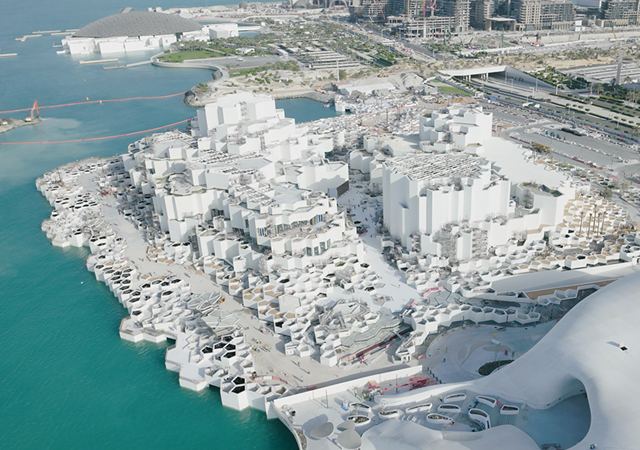


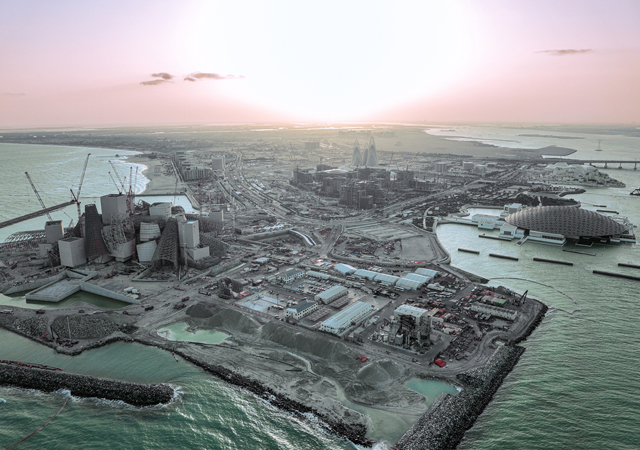

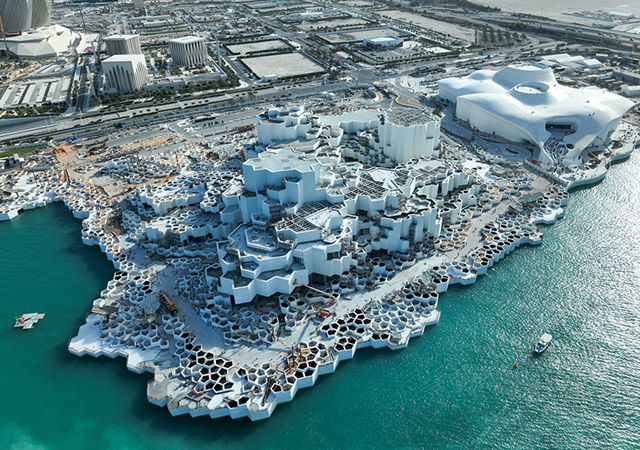
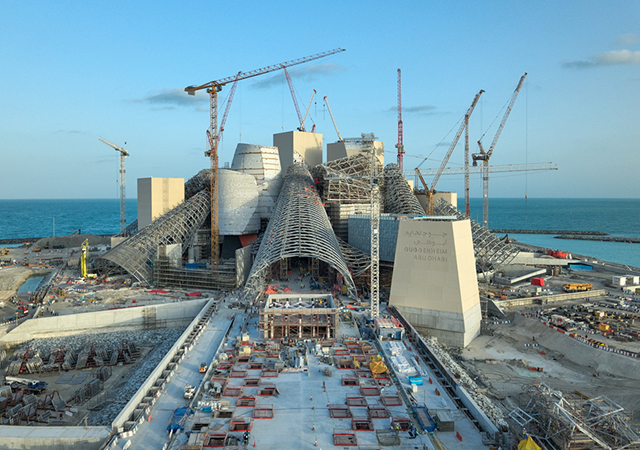
.jpg)
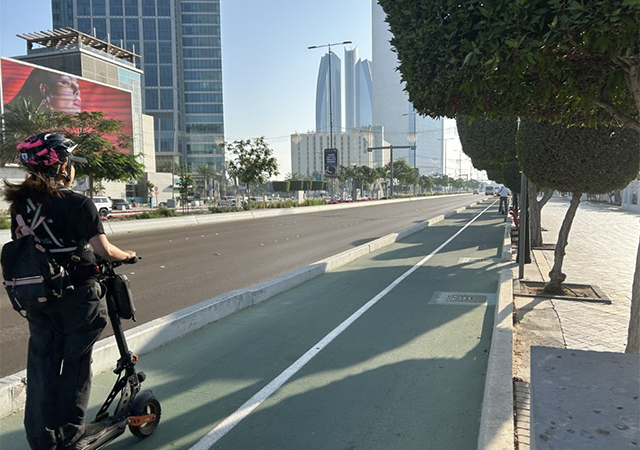
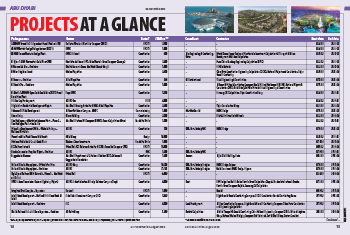
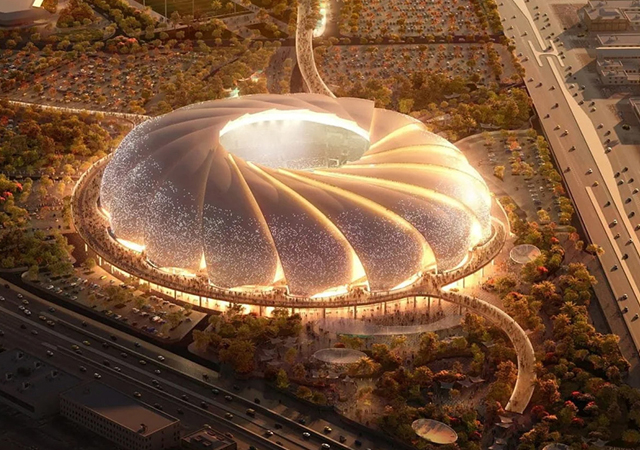
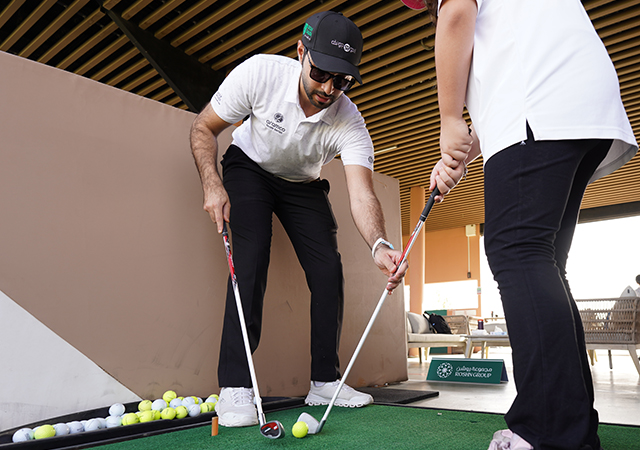

.jpg)
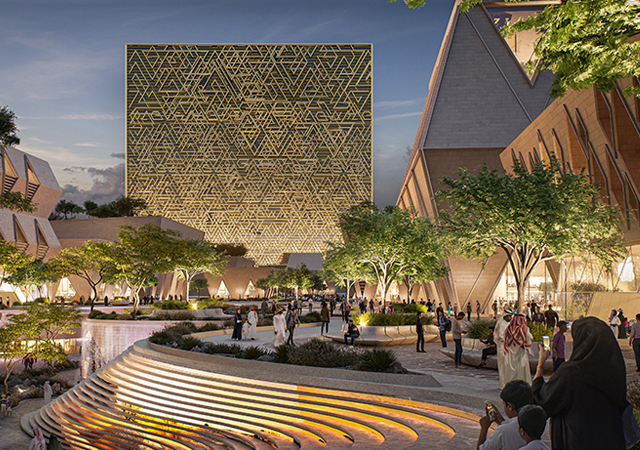
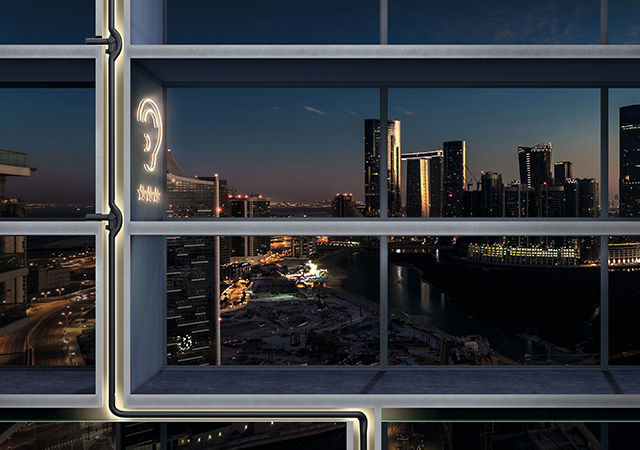

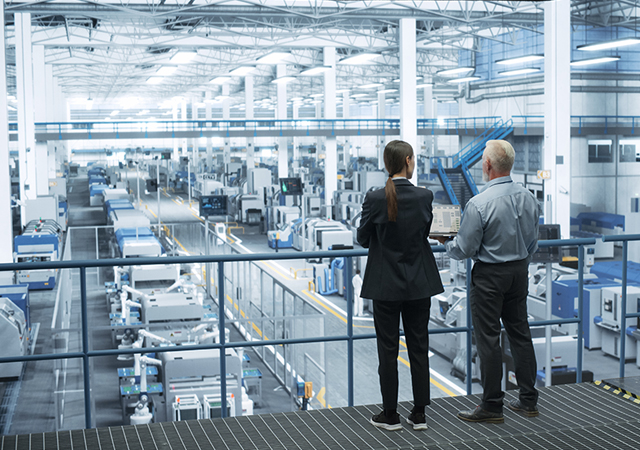

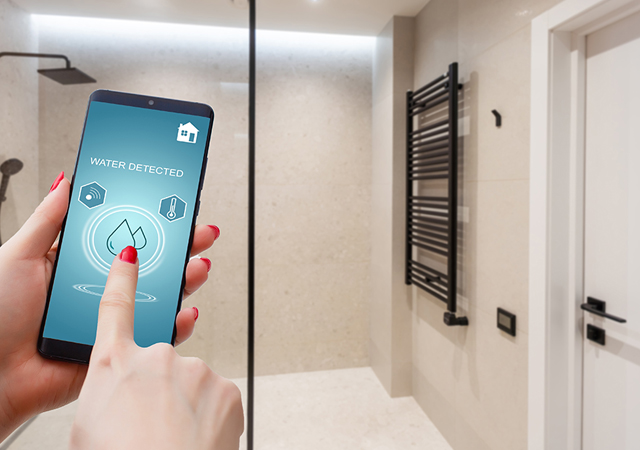

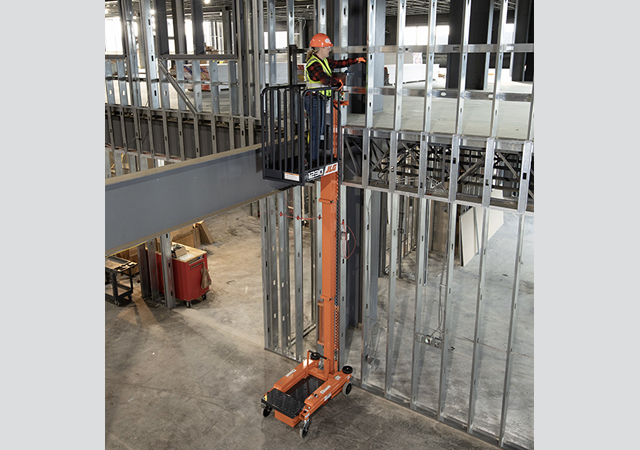
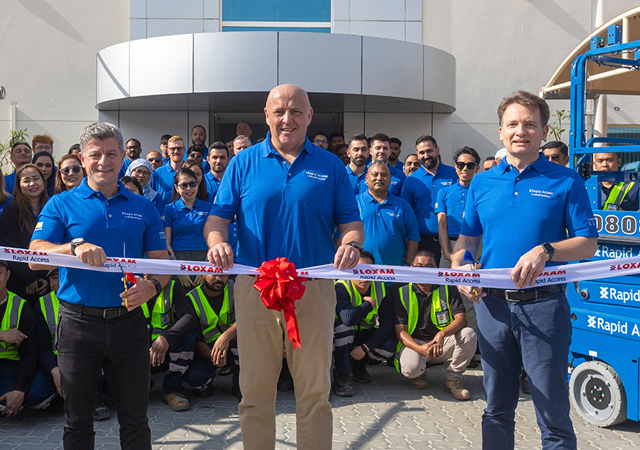
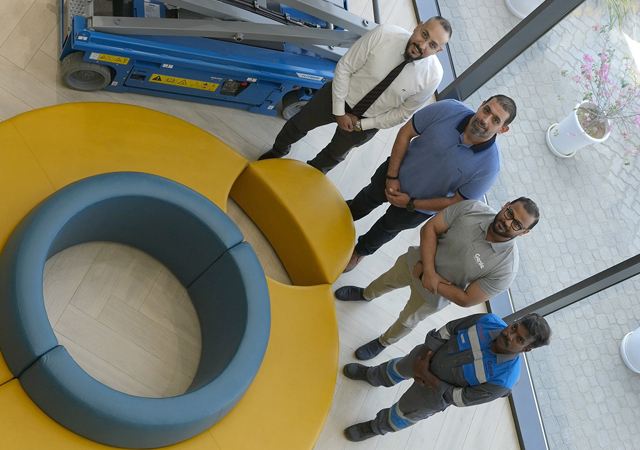

Doka (2).jpg)
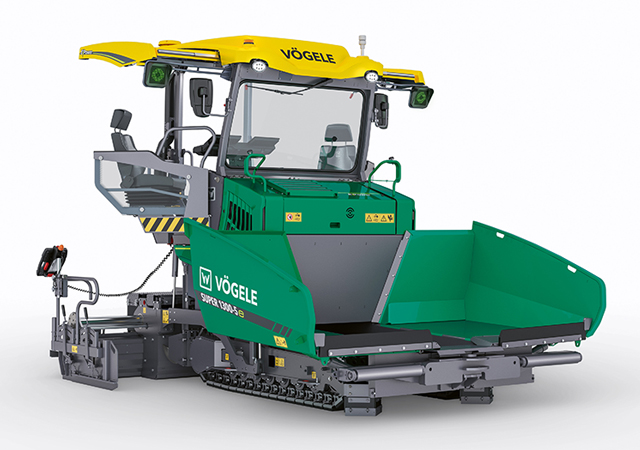
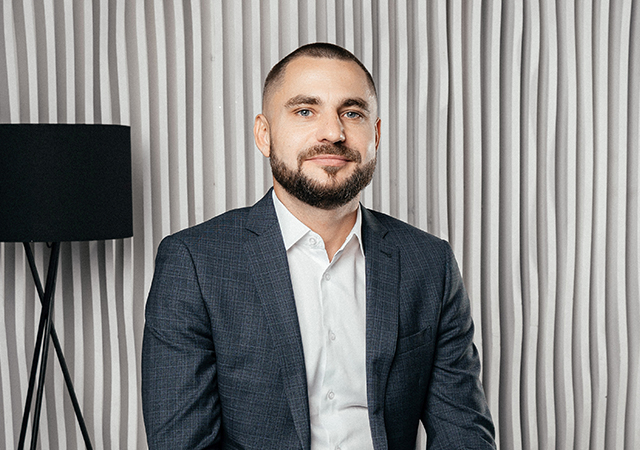
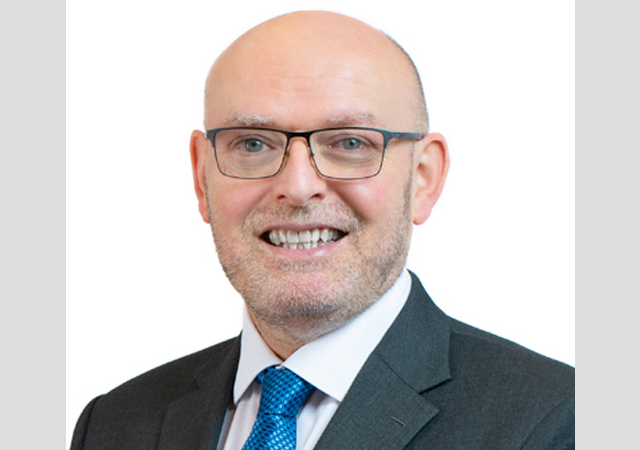
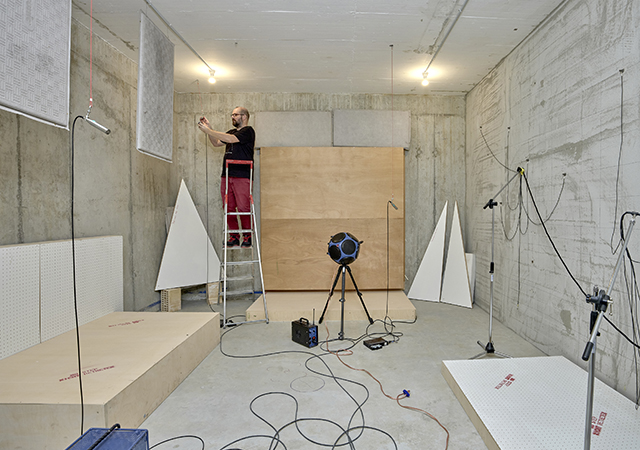

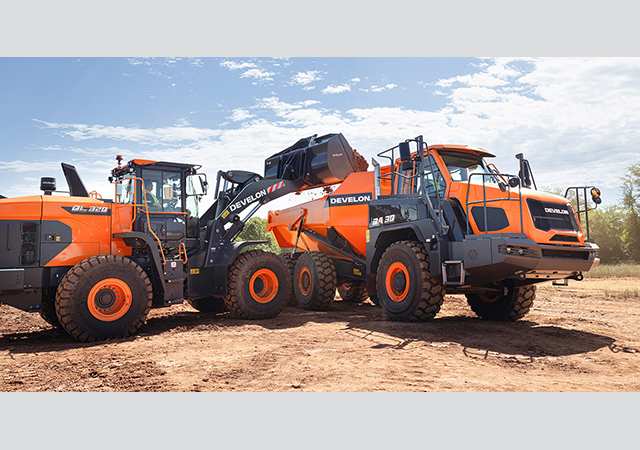
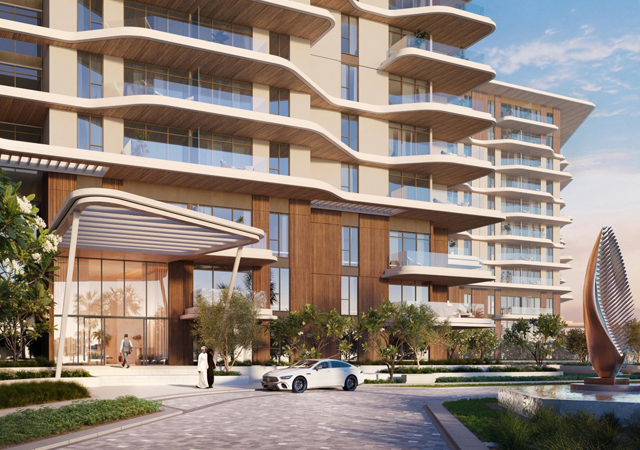



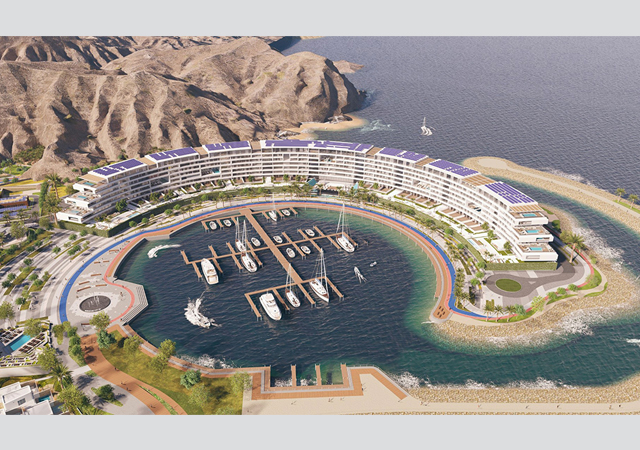
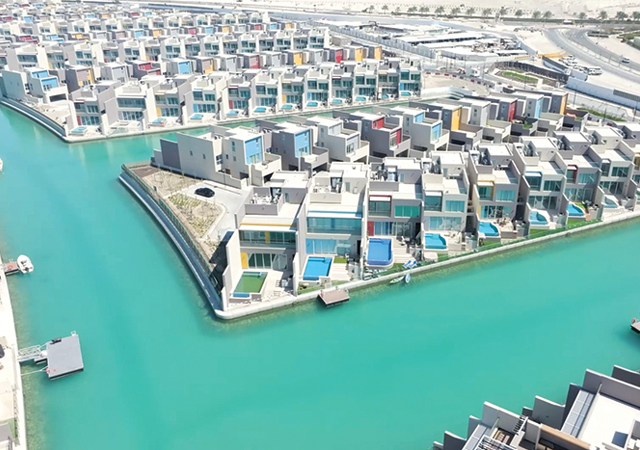

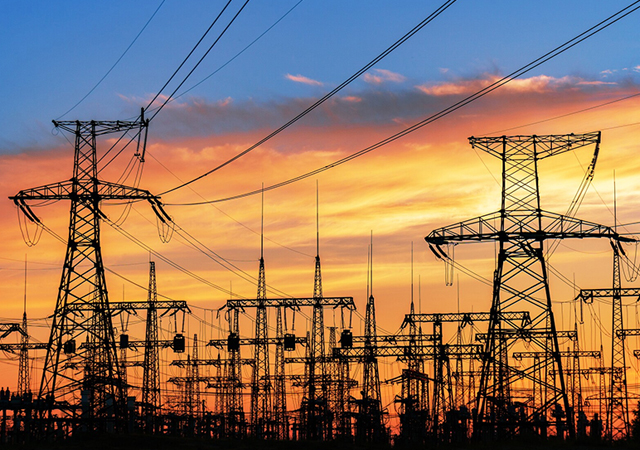
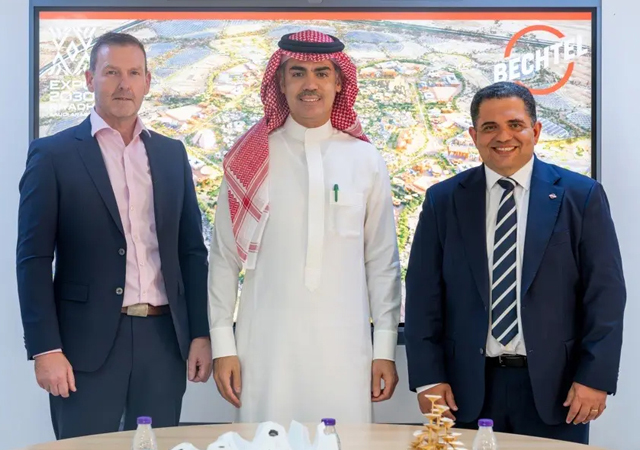
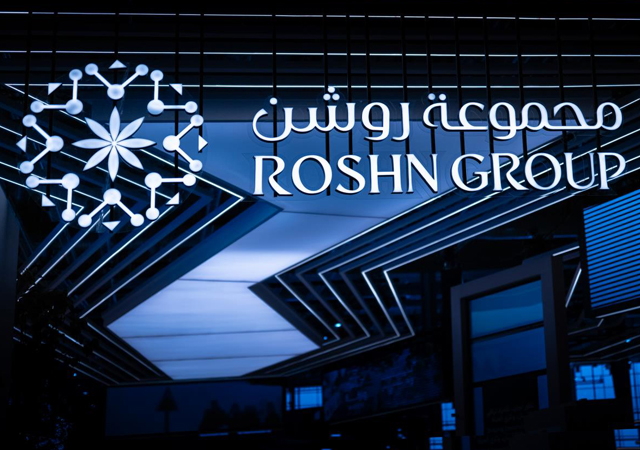
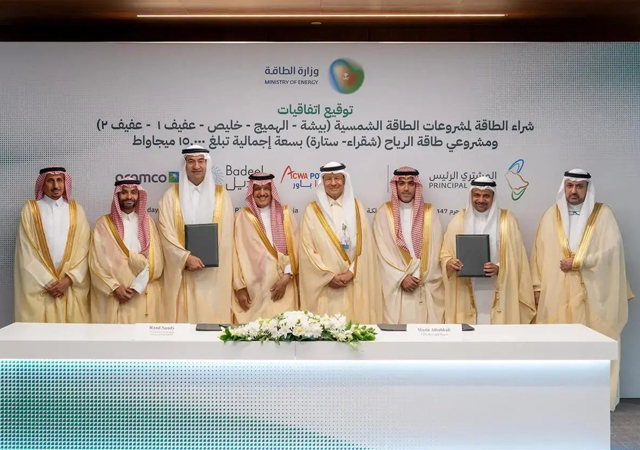
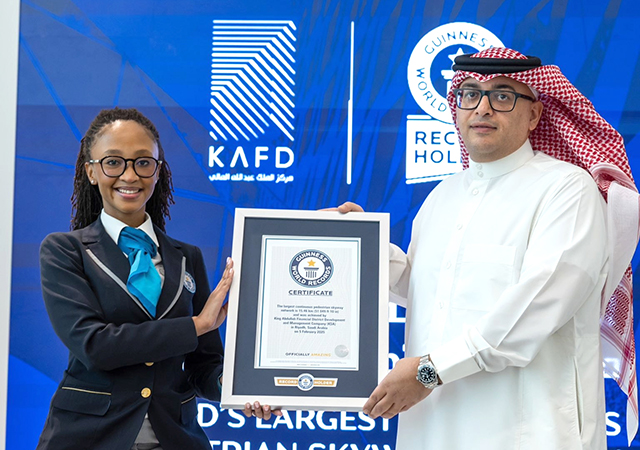
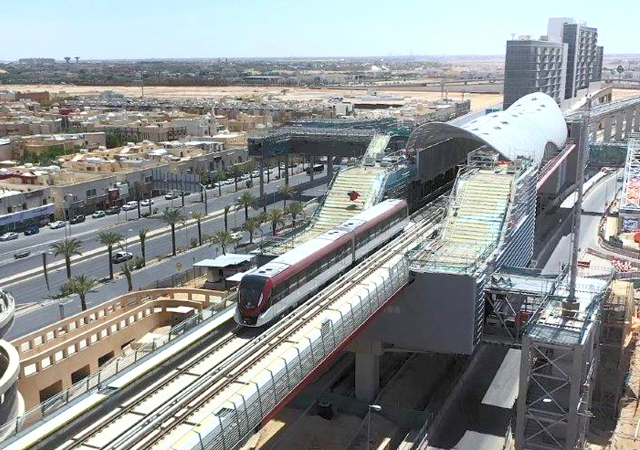
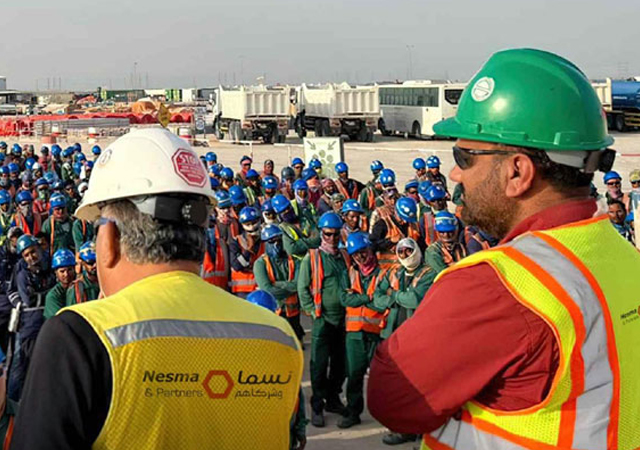
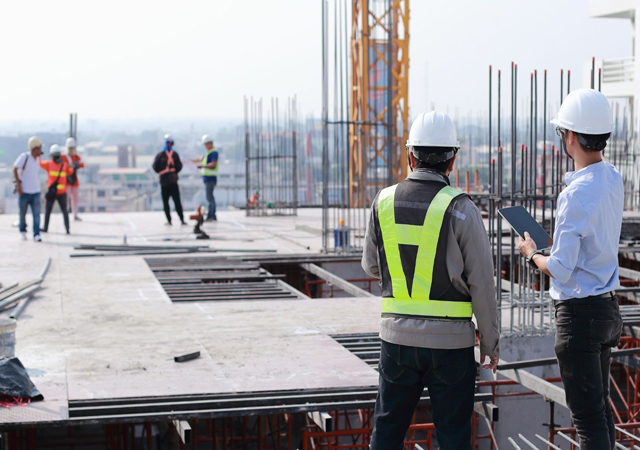

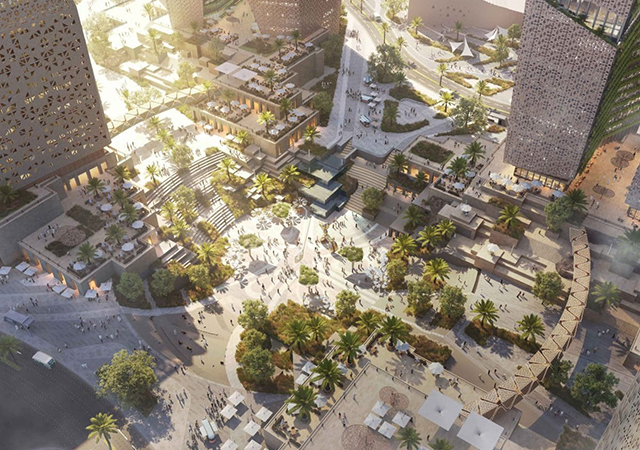
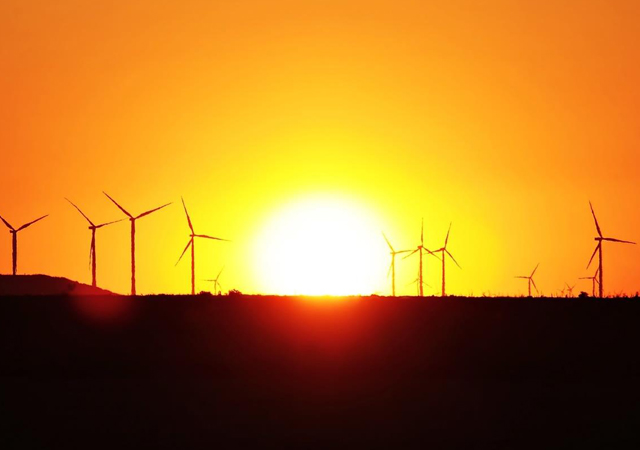
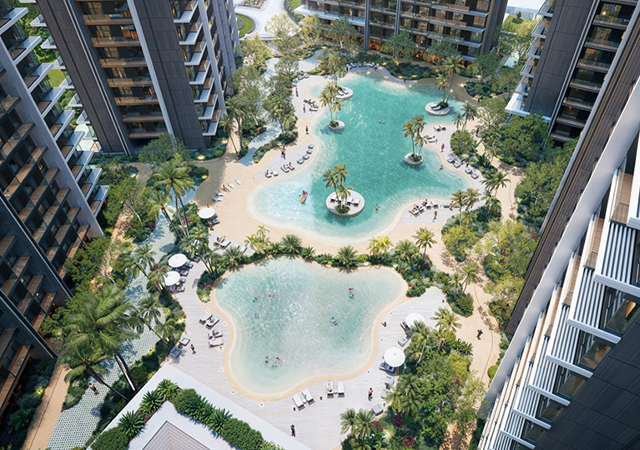
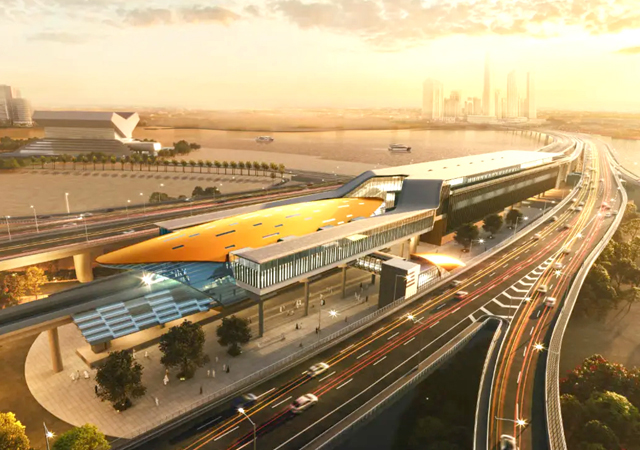
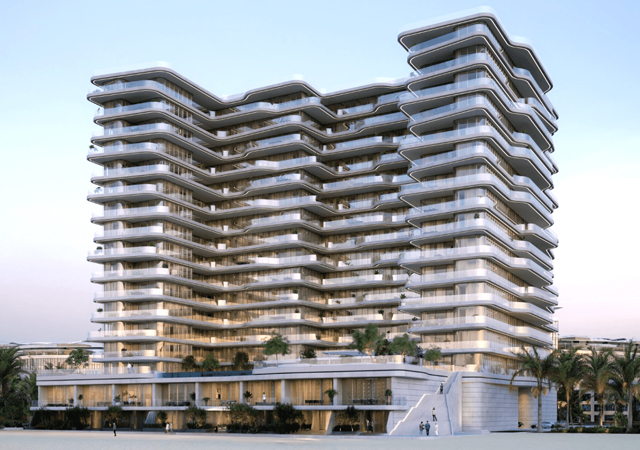
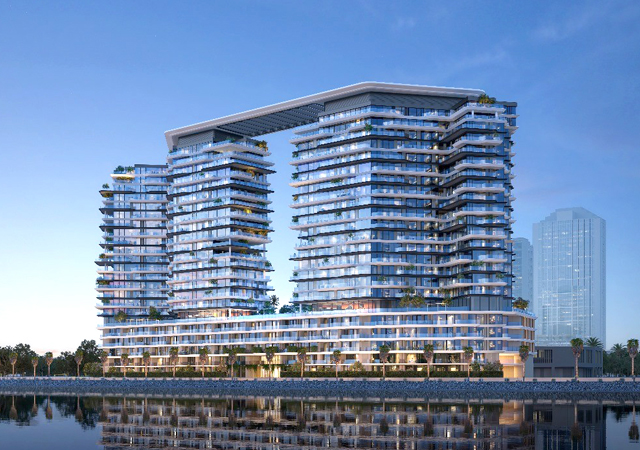
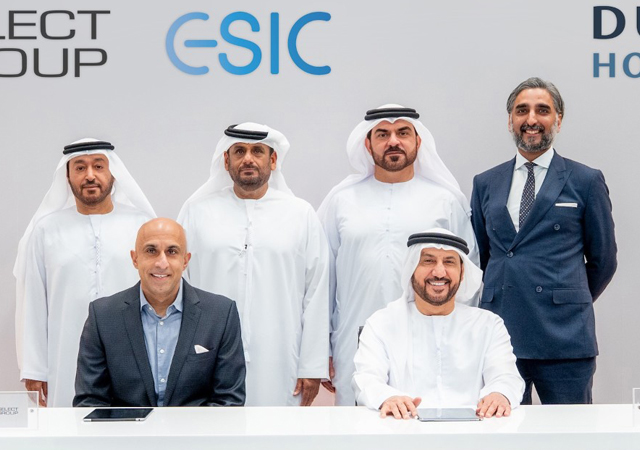
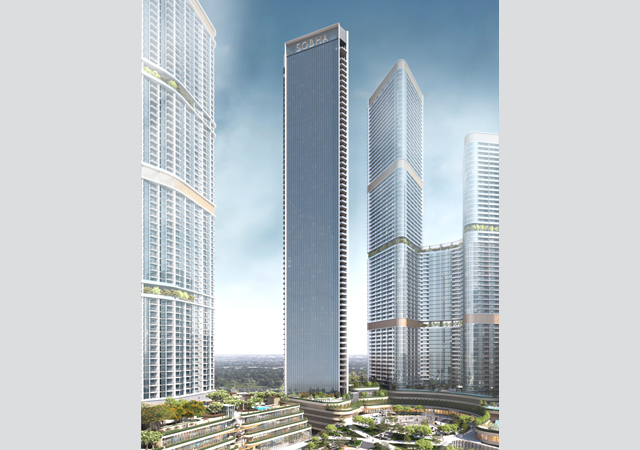
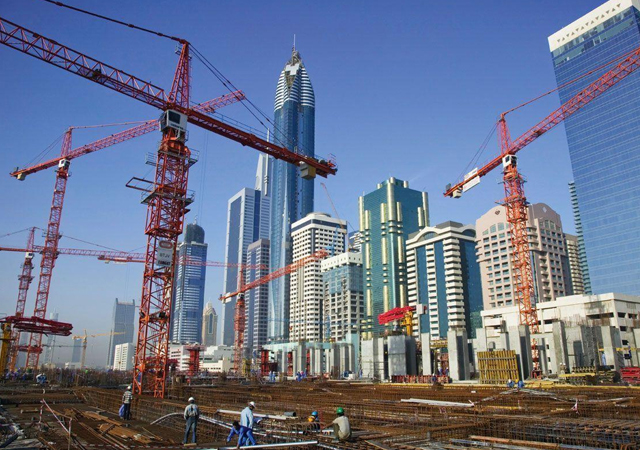
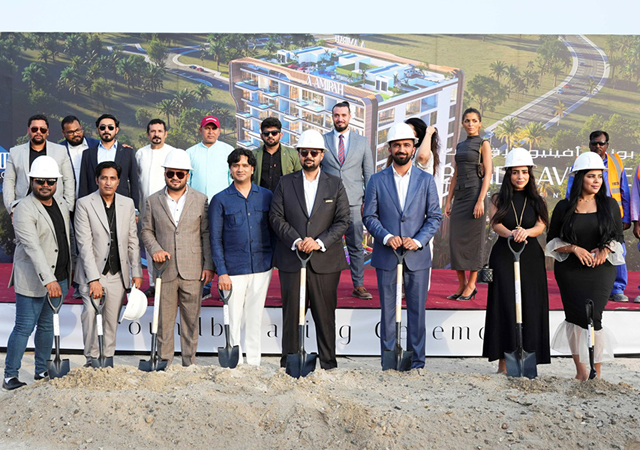
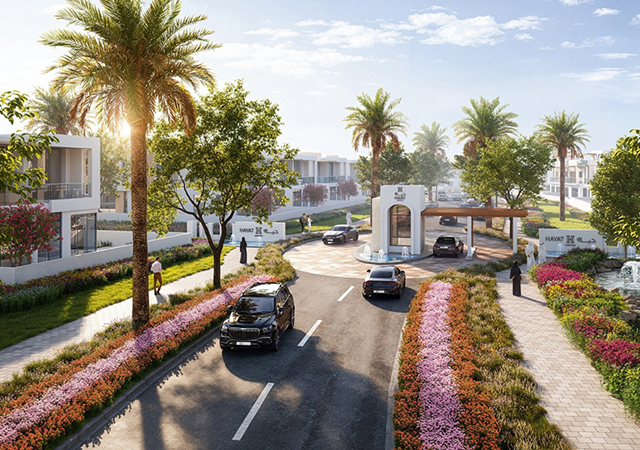
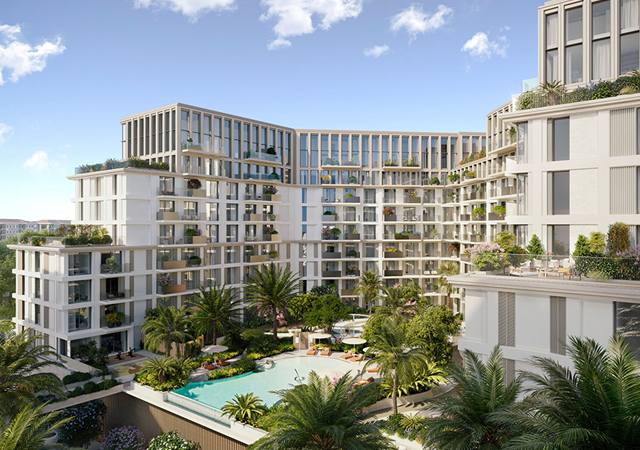

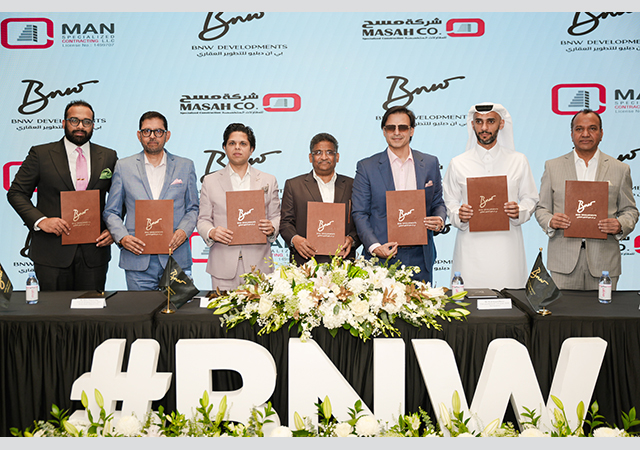

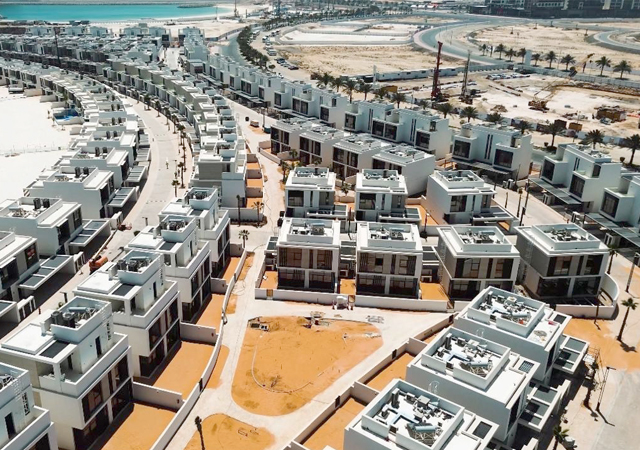
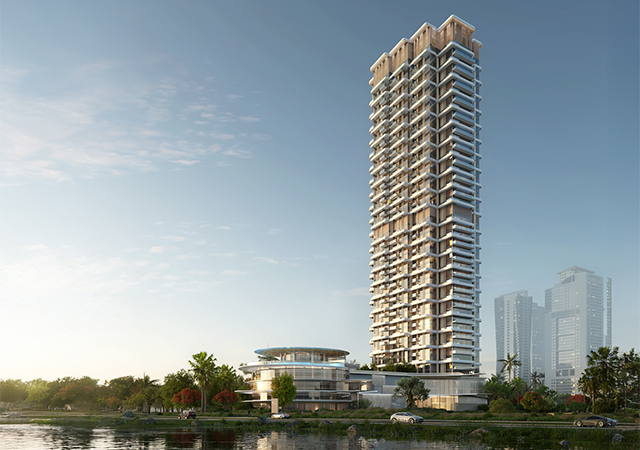
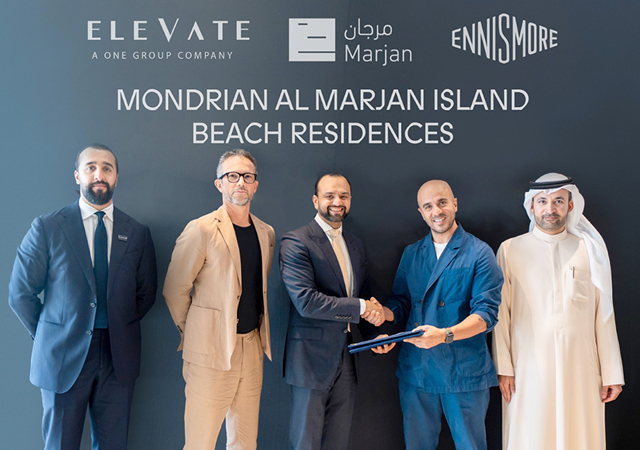
.jpg)
.jpg)
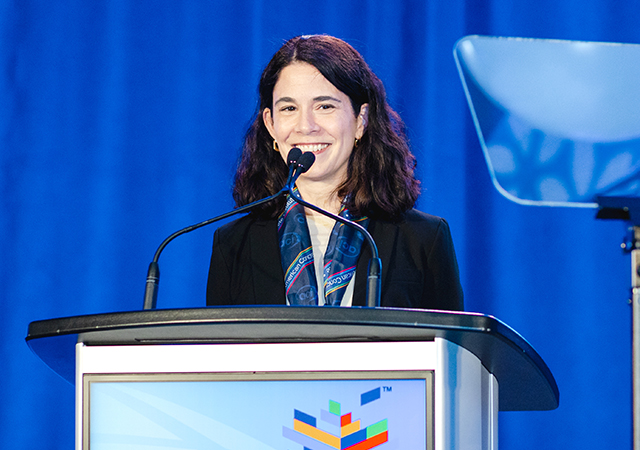
.jpg)
